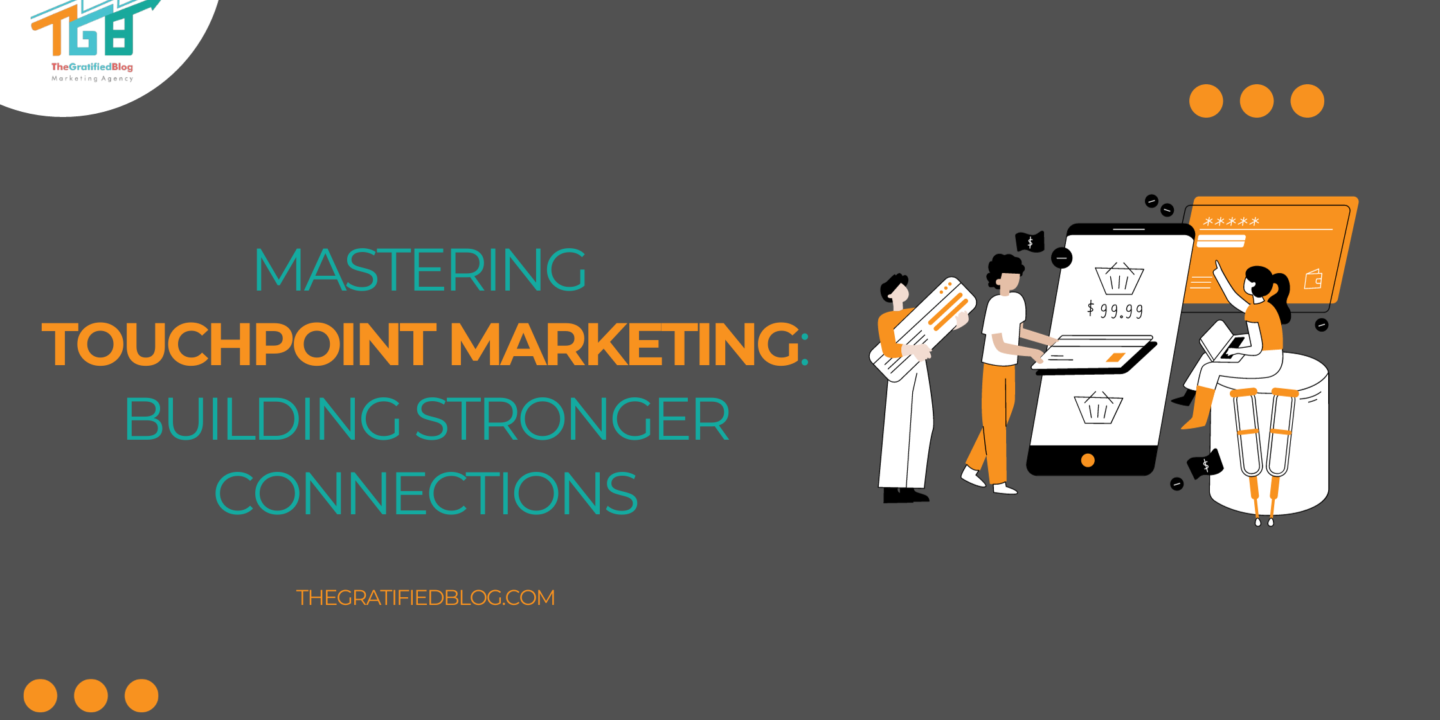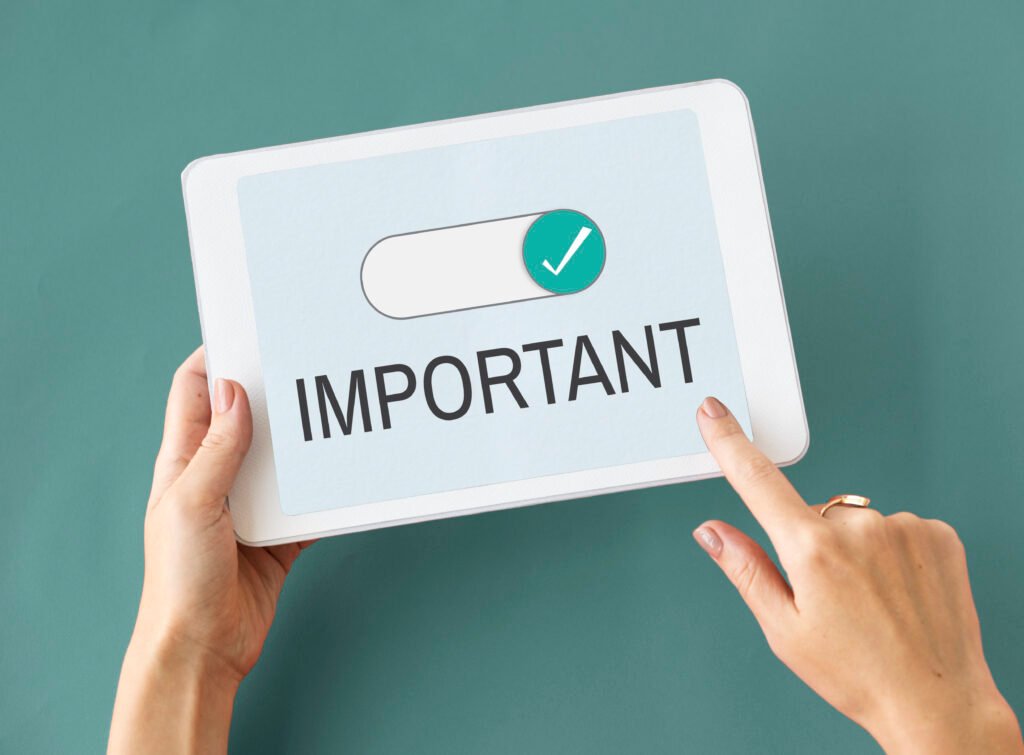
In today’s rapidly evolving digital landscape, where consumer behaviors and expectations constantly change, businesses face an ever-increasing challenge: staying relevant and engaging with their audience. That is where touchpoint marketing emerges as a critical strategy for modern enterprises.
In the age of information overload, a world where consumers encounter many marketing messages daily, the capacity to establish meaningful and enduring connections is crucial and has never been more vital. Touchpoint marketing offers a strategic approach to achieving this by carefully crafting and optimizing every interaction between a brand and its audience.
This blog takes a thorough dive into touchpoint marketing, exploring the importance of these touchpoints in marketing, providing illustrations of common touchpoints, and wrapping up with a conclusion.
So, let’s embark on this enlightening journey into the world of touchpoint marketing and unlock the secrets to customer engagement in the digital age.
What Is Touchpoint Marketing?
Touchpoint marketing refers to a strategic approach in marketing that focuses on optimizing and enhancing Each interaction or “touchpoint” a customer experiences with a brand, product, or service throughout their entire journey.
These touchpoints encompass various channels and moments When a customer engages with the brand, whether through advertising, customer support, social media, a website visit, an email, or a physical store visit.
The Significance Of Touchpoints In Marketing
Effective marketing is about creating meaningful connections with your audience; touchpoints play a pivotal role in achieving this.

Here are five reasons why touchpoints in marketing are so critical:
- First Impressions Matter: When someone first interacts with your brand, like seeing a social media post or visiting your website, it’s like meeting for the first time. A good impression can interest them, while a bad one might make them lose interest.
- Building Brand Awareness: Imagine your brand is like a familiar face in a crowd. The more people recognize it through logos and consistent messages across different places (like your website, ads, and social media), the more they trust and remember it.
- Fostering Engagement: Think of this like having a friendly chat with someone. When your website is attractive, your social media posts are fun, or your emails feel personal, It prompts individuals to engage with your brand, and this engagement often leads to them becoming interested in what you offer.
- Influencing Purchase Decisions: Imagine you’re helping a friend choose a movie to watch. You’d share info about the film. Similarly, touchpoints like product descriptions, customer reviews, and persuasive ads help people decide to buy your product or service.
- Post-Purchase Loyalty: The journey with a brand doesn’t end after buying something. It’s like making a new friend. Sending thank-you emails, helping with questions, and asking for feedback make customers happy. Happy customers often come back and tell others about your brand. That’s how you build long-term relationships.
Now that we’ve understood touchpoint marketing and why it matters, let’s explore some real-life examples of touchpoints that businesses use throughout the customer journey.
Examples Of Common Touchpoints

Touch Points Before A Purchase
- Social Media: Social media platforms function as a pre-purchase touchpoint where customers encounter a brand’s posts, advertisements, and user-generated content. These interactions provide an opportunity to create awareness, engage potential customers, and influence their perception of the brand before they make a buying decision.
- Digital Marketing Content: Content such as blog posts, videos, and infographics educates and informs potential customers. It serves as a touchpoint by delivering valuable information and building credibility, often guiding prospects toward considering a purchase.
- Company Events: Hosting or participating in physical and virtual company events allows brands to engage with potential customers before a purchase. Events offer opportunities for demonstrations, product showcases, and direct interactions, influencing attendees’ purchase decisions.
- Online Advertisement: Online ads, whether on search engines, social media, or websites, are prominent pre-purchase touchpoints. These ads introduce potential customers to a product or service, enticing them to explore and initiate a purchase journey.
Touch Points During A Purchase
- Conversations With Company Representatives: Interactions with sales representatives, customer service agents, or chatbots during the purchase process provide personalized touchpoints. These interactions address questions, alleviate concerns, and facilitate the transaction.
- Ecommerce: Ecommerce platforms and websites are pivotal during the purchase phase. They provide the infrastructure for customers to explore products, add items to their cart, and finalize transactions, serving as the primary point of sale.
- Product Catalogs: Product catalogs, whether physical or digital, are touchpoints that enable customers to explore available offerings, compare features, and make informed choices during the purchase journey.
- Product Reviews: Product reviews are influential touchpoints during purchase, often found on e-commerce platforms and third-party websites. Customers rely on reviews to assess product quality, performance, and suitability.
- Point of Sale: The point of sale, whether in physical stores or online, represents the moment customers complete their purchase. It’s a critical touchpoint where the transaction is finalized, payment is made, and customers decide.
Touch Points After A Purchase
- Thank You Letters: Sending personalized thank-you letters or emails after a purchase is a post-sale touchpoint that expresses appreciation, reinforces the positive experience, and sets the stage for ongoing engagement.
- Product Feedback Surveys: Requesting feedback through surveys serves as a post-purchase touchpoint. It allows brands to gather insights into customer satisfaction, product performance, and areas for improvement.
- Upselling/Cross-selling Emails: Brands use post-purchase emails to recommend complementary products or upgrades, creating opportunities for additional sales and enhancing the customer’s experience.
- Subscription Renewals: For subscription-based services, renewal notices serve as touchpoints after the initial purchase. They encourage customers to continue their subscriptions, fostering long-term relationships.
Touch Points In Customer Service
- Customer Support Channels: Customer support interactions, whether through phone, email, chat, or social media, are critical touchpoints in addressing customer inquiries, issues, and concerns, contributing to overall satisfaction.
- Customer Success Program: Customer success programs aim to proactively assist and engage customers, ensuring they derive maximum value from their purchase. These programs build loyalty and encourage retention.
- Customer Onboarding: Onboarding touchpoints guide new customers through the initial phases of utilizing a product or service, ensuring a smooth transition and reducing the likelihood of dissatisfaction.
- Customer Loyalty Programs: Loyalty programs offer rewards, discounts, or exclusive access to loyal customers, fostering ongoing engagement and repeat business, which is critical to long-term success.
Measuring Touchpoint Effectiveness
Critical Metrics For Evaluating Touchpoint Performance
- Click-Through Rate (CTR)
- Conversion Rate
- Customer Acquisition Cost (CAC)
- Return on Investment (ROI)
- Customer Lifetime Value (CLV)
- Bounce Rate
- Time on Page
- Customer Feedback and Surveys
- Net Promoter Score (NPS)
- Customer Churn Rate
Tools And Analytics For Tracking Touchpoints
- Google Analytics
- Marketing Automation Software
- Customer Relationship Management (CRM) Software
- Social Media Analytics
- Email Marketing Platforms
- Heatmaps and Session Recording Tools
- A/B Testing Software
- Customer Survey Software
FAQs
Q 1: What Is The Main Goal Of Touchpoint Marketing?
Answer: The primary goal of touchpoint marketing is to create positive and engaging interactions between a brand and its customers at various stages of their journey. These interactions build brand awareness, foster engagement, influence purchase decisions, and nurture long-term customer loyalty.
Q 2: How Can I Measure The Effectiveness Of Touchpoint Marketing?
Answer: Measuring touchpoint effectiveness involves tracking key metrics such as click-through rates, conversion rates, customer acquisition costs, and customer feedback. Utilizing tools like analytics platforms, CRM software, and surveys can help businesses evaluate the impact of their touchpoint strategies and make data-driven improvements.
Conclusion
Now that you have a grasp of what touchpoint marketing entails, why not harness the power of these touchpoints to boost your business revenue? Incorporate these touchpoints into your strategy today and observe the positive transformations they can introduce to your business.
Should you have any remaining questions, please post them in the comments section. We will be happy to answer you.
Thanks for reading 🙂
Also read: A Complete Guide To Podcast Marketing, and
A Complete Guide To Promotional Marketing








No Comments